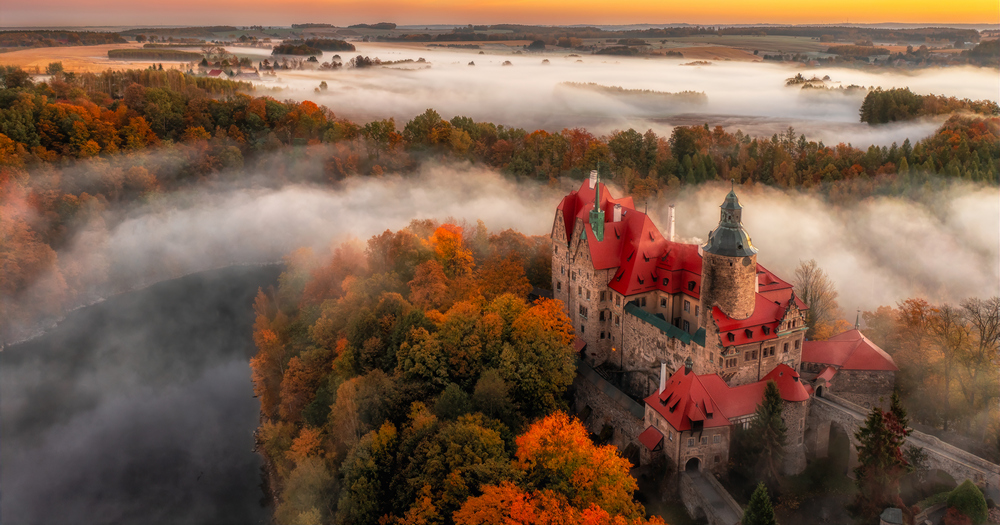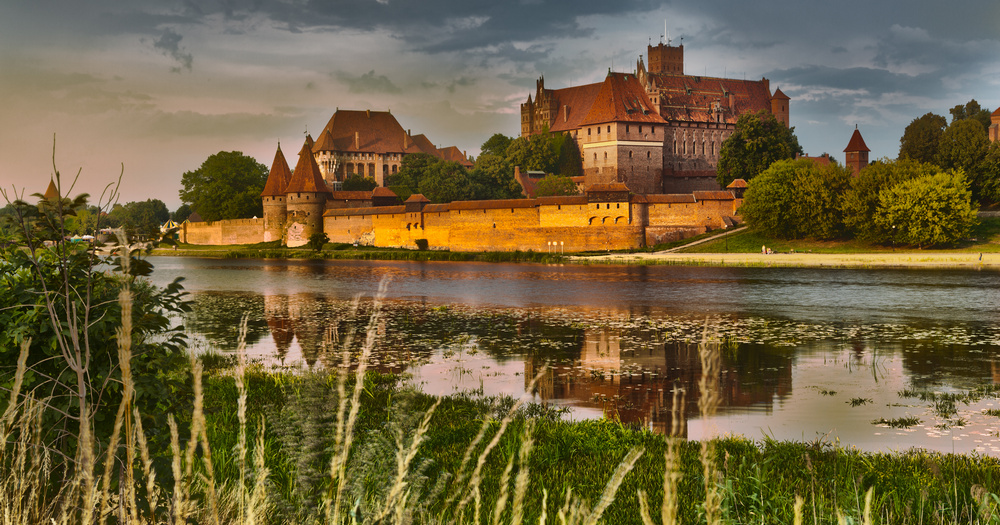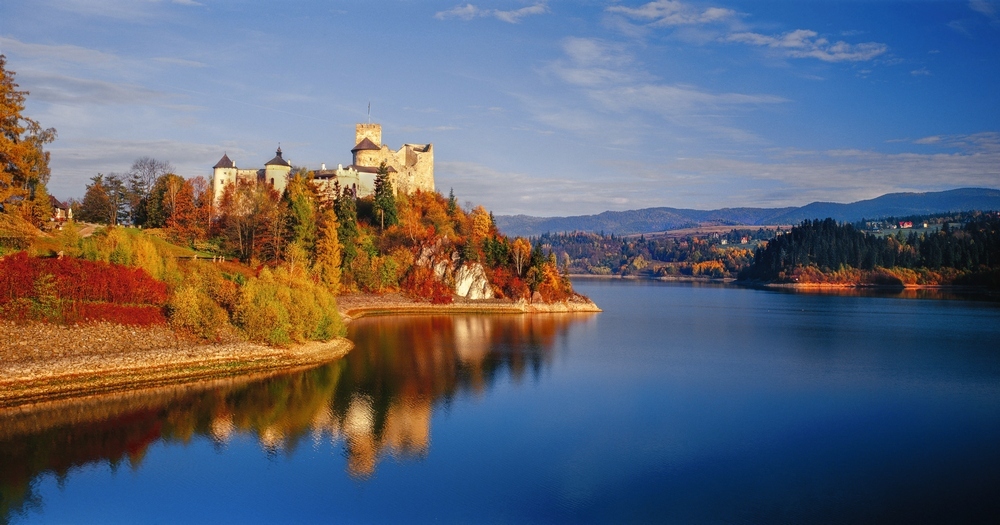Take in history without the crowds
In Poland, history is still alive—in forests, castle walls and underground caverns. From medieval fortresses to World War II secrets, it teems with places featuring both a fascinating past and lasting atmosphere. Explore them peacefully during low seasons, without rushing or crowds.
Riese Complex: the mysterious Owl Mountains
In the heart of Lower Silesia, among trees and rocky slopes, lies one of the greatest enigmas of World War II: the Riese Complex. A vast network of underground tunnels excavated by the Germans in the Owl Mountains, their true purpose remains unknown to this day.
Was it meant to be Hitler’s headquarters? A secret laboratory? A production site for next-generation weapons? Historians aren’t sure, but one thing is certain—the tunnels are intriguing and unsettling. You can visit several parts of the complex; at Włodarz, Osówka, Rzeczka, and Walim you’ll hear extraordinary stories of prisoners’ labor, unfinished tunnels, and lost documents.

Srebrna Góra Fortress: the unconquered stronghold
Another Lower Silesian gem is the Srebrna Góra Fortress, recipient of the prestigious Polish Tourism Organization’s Golden Certificate as an exceptional tourist attraction. Srebrna Góra is Europe’s largest mountain fortress, built in the 18th century by the Prussians. Never conquered, it has survived many storms of history. In low season, when mist creeps over its walls and the wind howls through the courtyards, the fortress takes on an unearthly atmosphere.

Czocha Castle: legend and magic
On the border of Lower Silesia and Lusatia stands Czocha Castle, a site that could easily serve as the setting for a film about wizards. Dating to the 13th century, it has grown in mystery and legend during each era since then. It is said that the castle walls once housed a secret school for cryptologists, and that secret passageways and wartime treasures lie hidden beneath.
During shoulder seasons, you can spend the night in castle chambers, listen to stories by the fireplace, and feel history come alive.

Malbork: the might of the Middle Ages
Malbork Castle, in northern Poland, is the largest Gothic fortress in all of Europe. In summer it’s hard to find quiet there, but in winter or autumn you can walk through its vast courtyards almost alone, hearing only the echo of your own footsteps.
The walls are impressive, as are the exhibitions showing the life of knights and the daily routines of the Teutonic Order. Malbork off-season is a journey of palpable history through time—without crowds.

Niedzica Castle: the legend of the Inca treasure
In southern Poland, overlooking Lake Czorsztyn in Niedzica, lies Dunajec Castle (also known as Niedzica Castle). Legend says the walls hide a treasure brought by descendants of the Incas, who found refuge here after the fall of their empire. Though this is more legend than fact, the castle and its surroundings are breathtaking nonetheless. In autumn, the mist spreading over the lake creates a scene straight out of a fairy tale.
